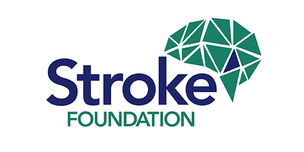|
As we age, the probability that we will suffer a stroke increases, but did you know that more than 80% of strokes can be prevented through good diet and exercise? So, what exactly is a stroke? According to Australia's Stroke Foundation, a stroke happens when the blood supply to the brain is interrupted. Blood is carried to the brain by blood vessels called arteries. Blood contains oxygen and important nutrients for your brain cells. Blood may be interrupted or stop moving through an artery either because the artery is blocked (ischaemic stroke) or because it bursts (haemorrhagic stroke). When brain cells do not get enough oxygen or nutrients, they die. What increases your risk of a stroke? Age is only one of many stroke risk factors. Some factors depend on your lifestyle choices, others on your medical history, and then there are risk factors that you cannot control. The most common lifestyle factors to increase your likelihood of a stroke are:
How do you know if you're having a stroke? The most common symptoms of a stroke can be recognised if you think F.A.S.T.
What does life look like after a stroke?
Getting back to life after a stroke is helped through specialised rehabilitation. Everyone’s stroke is different, so it’s hard to predict how much each individual will recover. Some people return to 100 per cent or very close, while others may continue to have impairments. Improvement can continue for years after a stroke, but for many people it's the quickest in the first six months. This is why it’s important for health professionals like physiotherapists and speech pathologists to start working with you as soon as possible after a stroke. The Stroke Foundation also offers a service called EnableMe, which is a website that can help with stroke recovery and with managing life after stroke.
0 Comments
|





 RSS Feed
RSS Feed
